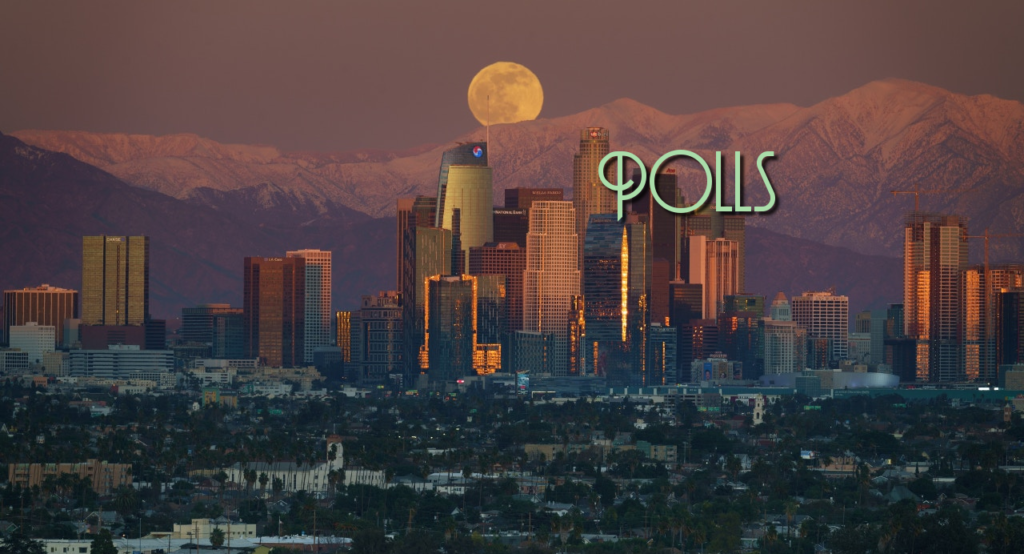 Born May 20, 1908 in Indiana, Pennsylvania, James Stewart was the son of a hardware store owner and his wife. He was educated at a local prep school where he was an athlete (football and track), musician (singing and accordion), and sometime actor. In 1929, he went to Princeton University where he studied architecture and became further involved in performing as a member of the University Players. After graduation he found some success including a stint on Broadway in 1932, but the work soon dried up. In 1934 he followed his friend Henry Fonda to Hollywood where his career began to pick up.
Born May 20, 1908 in Indiana, Pennsylvania, James Stewart was the son of a hardware store owner and his wife. He was educated at a local prep school where he was an athlete (football and track), musician (singing and accordion), and sometime actor. In 1929, he went to Princeton University where he studied architecture and became further involved in performing as a member of the University Players. After graduation he found some success including a stint on Broadway in 1932, but the work soon dried up. In 1934 he followed his friend Henry Fonda to Hollywood where his career began to pick up.
A standout supporting role in 1936’s After the Thin Man made Stewart a star. He followed that with the 1937 remake of Seventh Heaven in which he had the Charles Farrell role opposite Simone Simon in the Janet Gaynor role; The Last Gangster as Edward G. Robinson’s son; and Navy Blue and Gold in which he was second billed to Robert Young. In 1938 he played Beulah Bondi’s son for the first and second tine in Of Human Hearts and Vivacious Lady; The Shopworn Angel opposite Margaret Sullavan; and Frank Capra’s You Can’t Take It with You opposite Jean Arthur, the latter winning the Oscar for Best Picture.
Stewart’s 1939 output included Made for Each Other opposite Carole Lombard; Capra’s Mr. Smith Goes to Washington again opposite Jean Arthur with Beulah Bondi once again playing his mother in a role that earned him his first New York Film Critics award and his first Oscar nomination; and Destry Rides Again opposite Marlene Dietrich, In 1940 he was in The Shop Around the Corner and The Mortal Storm, both opposite Margaret Sullavan; and The Philadelphia Story for which he won an Oscar opposite Katharine Hepburn and Cary Grant.
Stewart was drafted into the U.S. Army as a pilot having learned to fly in 1935. During World War II he rose to the rank of Colonel first as a flight instructor, then in combat missions over Europe. As a member of the U.S. Air Force Reserve, he was promoted to Brigadier General in 1959 and retired in 1968 having become the highest-ranking actor in U.S. military history.
Stewart returned to the movies in 1946’s It’s a Wonderful Life earning a third Oscar nomination in a film in which Beulah Bondi again played his mother. In 1948, he was directed by Alfred Hitchcock for the first time in Rope. In 1949, he starred in his first biopic, The Stratton Story. He received a fourth Oscar nomination for 1950’s Harvey the same year in which he took on a tougher persona as star of the western Winchester ’73 for which he began the first actor to receive a portion of the film’s profits. Subsequent 1950s films included the 1952 Oscar winner, The Greatest Show on Earth; the biopics The Glenn Miller Story and The Spirit of St. Louis; and several more hard-hitting westerns including Bend of the River, The Naked Spur, and The Man from Laramie.
Also in the 1950s, Stewart made three long popular films with Alfred Hitchcock, 1954’s Rear Window, 1956’s The Man Who Knew Too Much, and 1958’s Vertigo. 1959’s Anatomy of a Murder earned him his second New York film Critics award and his fifth Oscar nomination.
The 1960s found him in several John Ford westerns including Two Rode Together and The Man Who Shot Liberty Valance; several popular comedies beginning with 1962’s Mr. Hobbs Takes a Vacation; and two back-to-back 1965 hits, Shenandoah and The Flight of the Phoenix.
Stewart’s last film of note was 1976’s The Shootist in support of John Wayne. Except for the 1983 TV movie, Right of Way, most of his late career was in cameos. His last film was 1991’s animated feature An American Tail: Feivel Goes West for which he provided voicework
James Stewart died July 2, 1997. He was 89.
ESSENTIAL FILMS
MR. SMITH GOES TO WASHININGTON(1939), directed by Frank Capra
The pinnacle of Stewart’s early career, Stewart plays Jefferson Smith, the idealistic young boy scout leader picked by his state’s political machine to fill the seat of a recently deceased senator. No one but Stewart could have played the naïve young pup who quickly learns the ropes and beats the crooks, including his mentor, his state’s senior senator – Claude Rains in an equally brilliant performance. Stewart used a throat spray he purchased himself for the climactic filibuster scene in which he almost loses his voice from talking all night. It won him his first New York Film Critics Award and his first Oscar nomination. He lost to Robert Donat in Goodbye, Mr. Chips.
IT’S A WONDERFUL LIFE (1950), directed by Frank Capra
Frank Capra famously forgot to renew the copyright on his and Stewart’s first post-World War II film, thus freeing it for repeated showings by local television stations after 1973. The heretofore only modest hit became a phenomenon. Stewart’s portrayal of the suicidal small-town banker who is shown what life would have been like without him is now the most popular Christmas movie ever made. It was Capra and Stewart’s favorite film, and Stewart’s performance is quite possibly the best of his long career. He’s backed by a marvelous supporting cast including Donna Reed as his wife, Lionel Barrymore as the town miser and Henry Travers as Clarence, his guardian angel.
REAR WINDOW (1954), directed by Alfred Hitchcock
After re-inventing his persona as the tough hero, sometimes anti-hero, of a series of westerns directed by Anthony Mann, Stewart rejoined his Rope director to make three more films, all of them major successes. The first of these was the brilliantly conceived Rear Window in which Stewart is a photographer with time on his hands while recovering from a broken leg. He uses the time to spy on his neighbors with binoculars. Since this is Hitchcock, Stewart is not just a voyeur, but a witness to murder. Alternately funny and scary as well as suspenseful, the film features from the fine support of Grace Kelly as his fiancé and Thelma Ritter as his wisecracking nurse.
VERTIGO (1958), directed by Alfred Hitchcock
An exercise in paranoia, the third of three films Stewart made with Hitchcock in five years – The Man Who Knew Too Much was the second – Vertigo is the best of them. Stewart is a San Francisco detective suffering from acrophobia (fear of heights). He becomes obsessed with the woman he is assigned to follow, and because of his fear is unable to save her when she leaps to her death from the bell tower of a mission. Then while still recovering from the shock, he sees her again. This is Hitchcock at his most macabre, with Stewart making a perfect foil paired with Kim Novak. The San Francisco and other Bay Area locations have never been used to better effect.
ANATOMY OF A MURDER (1959), directed by Otto Preminger
A shocker in its day, Anatomy of a Murder is about the murder of a man accused of rape. Notable for its frank language in describing the events leading to the murder, the film is an acting showcase for Stewart as the small-town lawyer hired to defend Ben Gazzara, a soldier married to a woman of questionable morals played by Lee Remick. George C. Scott as the prosecutor, Joseph N. Welch as the judge and Arthur O’Connell and Eve Arden as Stewart’s assistants are all memorable, but Stewart anchors it. The performance won him second New York Film Critics Award and his fifth Oscar nomination. He lost to Charlton Heston in Ben-Hur.
JAMES STEWART AND OSCAR
Mr. Smith Goes to Washington (1939) – Best Actor
The Philadelphia Story (1940) – Oscar – Best Actor
It’s a Wonderful Life (1946) – Best Actor
Harvey (1950) – Best Actor
Anatomy of a Murder (1959) – Best Actor
Career Achievement (1985) – Honorary Award – for 50 years of memorable performances













